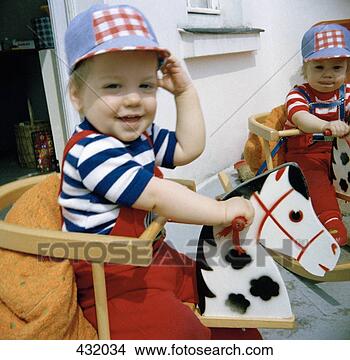Friday, July 17, 2009
The period from age 2 to age 6 are often know as the preschool years. During this time kids tend to spend most of their time playing, crating, and laughing, and significant changes occurs on some areas such as body, brain, and maturation. During this age, parents are their first teachers who will introduce them the words, sounds, and letters. Parents’ hugs, cues and encouragement will reinforce children to learn bouncing a ball, hoping on one foot, dancing, and/or singing a silly song. In order to maximize children’s fun and learning, it is essential to implement lively games that will teach, entertain, and prepare them for the world.
Learning social skills through play
Developmentalists tend to believe that involving in active and imaginative play are the most productive and adaptive activities during play year. Although children may also play alone or with adults, they are more likely to play with other children. Playing with same-age peers provide kids with the opportunities to practice social skills. Bouncing and trying to catch a ball as well as becoming upset if another child does not cooperate tend to be commonly observed during younger child’s social play. On the other hand, at 5-years old, kids tend to be better at gaining entry to a play group, managing conflict through the use of humor, and selecting as well as keeping friends and playmates. Main forms of playing such as active and imaginative play tend to help children to learn more specific social skills.
It is widely known that in order to develop muscle strength and control, children need to be active. As a result, most of the social play during these years involves active play. One of the most common as well as beneficial forms of active play includes rough-and-tumble play.
.png)
.png)
It may look quite rough while children seem to tumble over each other. However, unlike aggression, rough-and-tumble play tends to be fun and constructive. It helps kids to learn how to enter a relationship, assert themselves, and respond to the actions of someone else, and at the same time, they exercise gross motor skills. It is important to remark that while children almost always smile, and often laugh, in rough-and-tumble play, they frown and scowl during a real fighting
Imaginative play
Even though kids use their imagination by themselves, they tend to develop a strong self-concept through interaction with others. Sociodramatic play involves children acting out various roles such as mother, chef, and babies as well as taking any identity of stories they have created. It help children to learn from each other while exploring and rehearsing the social roles, testing their ability to convince others of their ideas, regulating their emotions through imagination, and developing a self-concept. Sociodramatic play tends to becomes more interactive, frequent as well as complex between the ages of 2 and 6, since through this form of play, children learn to modify their emotional expression in response to the reaction of their playmates.
Even though kids use their imagination by themselves, they tend to develop a strong self-concept through interaction with others. Sociodramatic play involves children acting out various roles such as mother, chef, and babies as well as taking any identity of stories they have created. It help children to learn from each other while exploring and rehearsing the social roles, testing their ability to convince others of their ideas, regulating their emotions through imagination, and developing a self-concept. Sociodramatic play tends to becomes more interactive, frequent as well as complex between the ages of 2 and 6, since through this form of play, children learn to modify their emotional expression in response to the reaction of their playmates.
During the years before school, children’s body becomes thinner, physically powerful and less top-heavy while brain maturation allows more impulse control and synchronization of arms and legs. Since they can move with more velocity and style, parents and caregivers should be aware that they are more likely to be exposed to accidents and injuries.
Gross motor skills include large body movements such as running; climbing, jumping, and throwing, and they are dramatically improved during play years. While children 2 years old fall down many times, 5 years old kids can participate in activities that demand balance and coordination such as kick a ball, ride a tricycle or climb a ladder. These skills are possible due to an amalgamation of brain maturation as well as motivation.
Fine motor skills compromise small body movements such as hands and fingers. These skills necessitate both hands; therefore, both side of the brain are involved in activities such as cutting meat using fork and knife or tying shoes. It is important to be careful when selecting toys and/or supplies, so that kids can develop these skills while avoiding frustrations. (Berger, 2005)
Reference
Berger, K. S. (2005). The developing person through the life span. New York: Worth Publisher.
Subscribe to:
Posts (Atom)






Xad.png)
dad.png)


